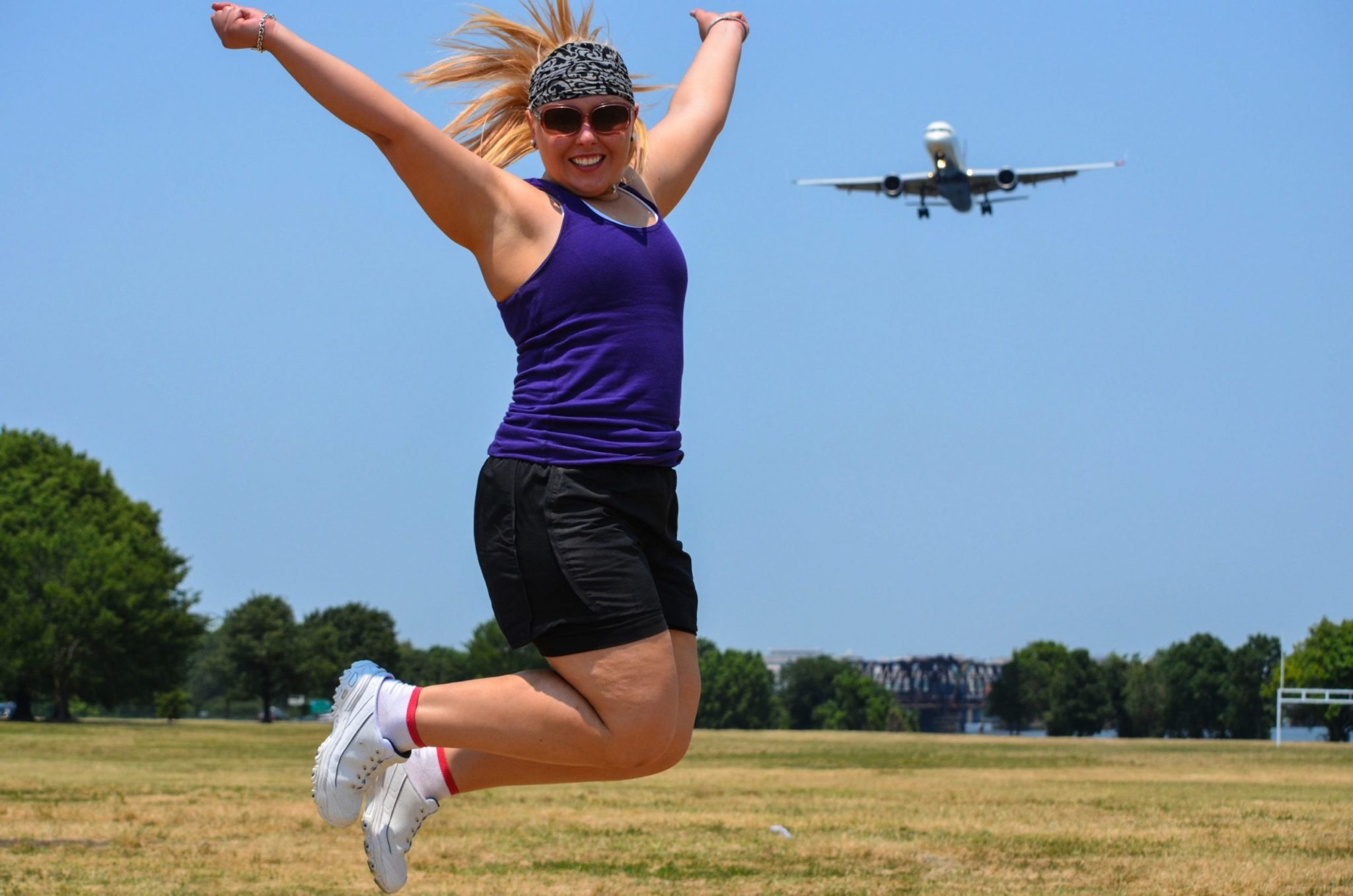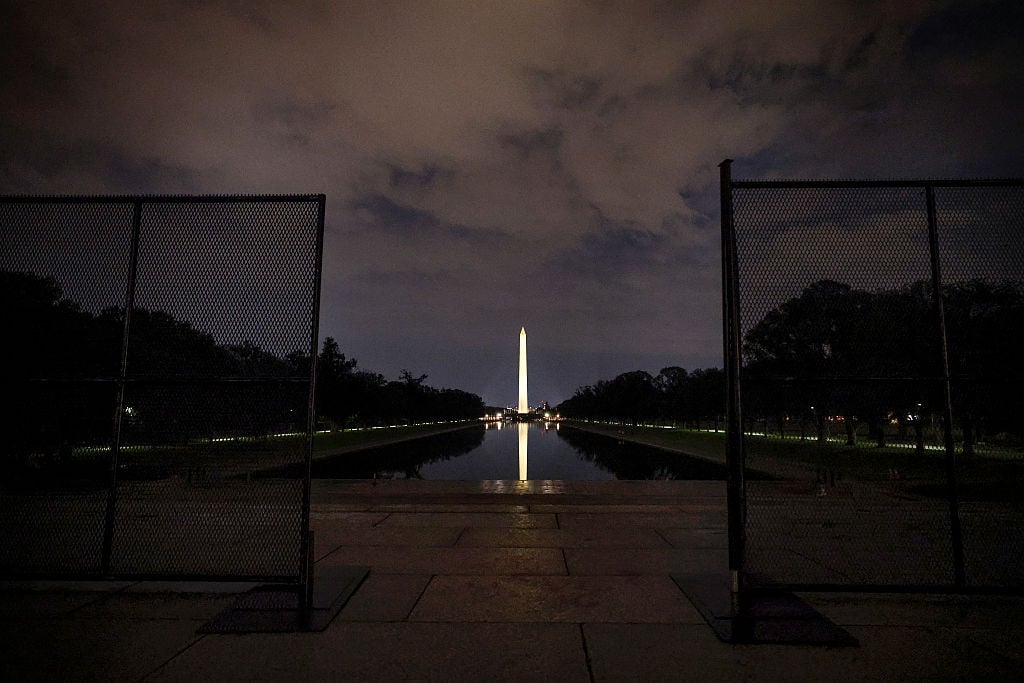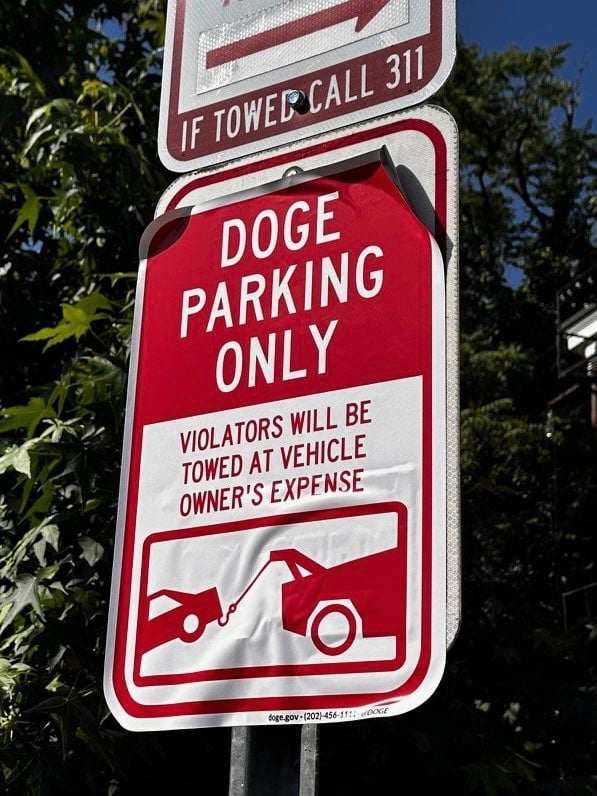About Umbrage Court
Umbrage Court adjudicates the extremely minor problems of urban living and strives to bring clarity to the Urban Compact. If you have business before the court, please email [email protected].
Comes now a citizen with a complaint for Umbrage Court:
As an avid runner who loves taking advantage of the GW Memorial Parkway trails, I can’t help but lose my sh!t when I have to dodge presumable tourists standing smack dab in the middle of the trail (which also serves as a bike path) when it is evident it operates the same way as a road: two separate lanes of traffic; keep your ass to the right. I literally had to yell at one man walking against the grain to get out of the way, and a family who chose that location for a photo op rather than walking all of one foot off the path to take a selfie. —Stephanie Raabe, Old Town
I. Factual Background
The Mount Vernon Trail is a multi-use trail that offers outstanding views of DC’s shoreline and marble stuff as well as a convenient route for non-internal-combustion-engine-using Virginia-DC commuters. Your judge blissfully rides his bike on it between home and work most days. There’s no doubt, though, that the going can become challenging when the weather’s nice and lots of people come out with the apparent goal of behaving unpredictably–they stop in the middle of the path to take a phone call, perhaps, or jog in the dark without lights or reflective clothing, or cycle like they’re in training for the Vuelta a España and not, you know, heading home to Belle Haven. But I digress.
II. Analysis
The problem with a multi-use trail is embedded in its name: inline skaters, cyclists, joggers, and selfie-takers in athleisure wear all must share the road. (Motorized vehicles are supposedly prohibited, though authorities seem to have turned a blind eye to e-bikes and scooters, as have many users, at least until some half-wit comes zooming down it in a Tesla.) All these trail users operate at different speeds. Courtesy signs have begun to pop up along trails and bike lanes throughout the area. One would hope cyclists might refrain from screaming down busy parts of the trail at 33 mph on their Colnagos, that scooter operators would not deposit their spent steeds in the middle of the trail, and that pedestrians would not perform delightfully unexpected u-turns or pause in the middle of the path for a pic with the Capitol in the background. Alas, we’re talking about human beings here.
III. Conclusion
Like robocalls and overfishing, oblivious behavior on an urban gem like the Mount Vernon Trail can render a communal asset almost unusable. Classical solutions to this problem include more regulation, privatization, and developing a community ethos that precludes selfish behavior. Your judge has a hard time seeing any combination of these really helping. (Portland, Oregon, has tried to encourage good behavior on its trails, while police in Denver have resorted to issuing speeding tickets to cyclists. Neither seems a particularly effective approach to your problem.) Instead, he orders you to take some money out of your 401(k) and purchase an insanely loud horn. He further orders the National Park Service to install defibrillator machines at reasonable intervals so passersby can coax mortally terrified selfie-takers back to life. Otherwise you have no choice but to wait out those camera-toting speed bumps till winter. I promise I’ll wave when I see you in November.
ABOUT UMBRAGE COURT
Umbrage Court adjudicates the extremely minor problems of urban living and strives to bring clarity to the Urban Compact. If you have business before the court, please email abeaujon@washingtonian.com.




















